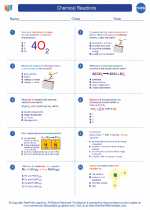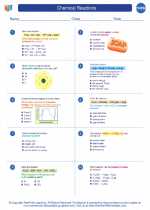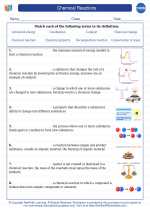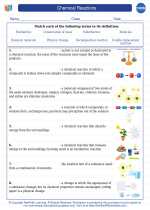Plate Boundaries
Plate boundaries are the edges where two or more tectonic plates meet. There are three main types of plate boundaries: divergent, convergent, and transform boundaries.
Divergent Boundaries
Divergent boundaries occur where tectonic plates move away from each other. This movement is caused by upwelling magma from the mantle, which creates new crust as it cools. Divergent boundaries are typically found along mid-ocean ridges, such as the Mid-Atlantic Ridge.
Study Guide:
- What is a divergent boundary?
- Where are divergent boundaries commonly found?
- What geological features are associated with divergent boundaries?
Convergent Boundaries
Convergent boundaries occur where tectonic plates move towards each other. When two plates collide, one may be forced beneath the other in a process called subduction, creating a deep ocean trench. Alternatively, the collision can result in the formation of mountain ranges. Convergent boundaries are also associated with volcanic activity and earthquakes.
Study Guide:
- What is a convergent boundary?
- What are the two possible outcomes of a convergent boundary?
- What geologic features and events are associated with convergent boundaries?
Transform Boundaries
Transform boundaries occur where two plates slide past each other horizontally. This movement is typically characterized by intense earthquakes, as the plates are locked together and stress builds up until they slip past one another. The San Andreas Fault in California is a well-known example of a transform boundary.
Study Guide:
- What is a transform boundary?
- What type of movement characterizes transform boundaries?
- What geological events are associated with transform boundaries?
Understanding plate boundaries is crucial for explaining the distribution of earthquakes, volcanic activity, and the formation of various geological features on Earth's surface.
[Plate Boundaries] Related Worksheets and Study Guides:
.◂Chemistry Worksheets and Study Guides High School. Chemical Reactions

 Worksheet/Answer key
Worksheet/Answer key
 Worksheet/Answer key
Worksheet/Answer key
 Worksheet/Answer key
Worksheet/Answer key
 Worksheet/Answer key
Worksheet/Answer key
 Worksheet/Answer key
Worksheet/Answer key
 Vocabulary/Answer key
Vocabulary/Answer key
 Vocabulary/Answer key
Vocabulary/Answer key
 Vocabulary/Answer key
Vocabulary/Answer key
